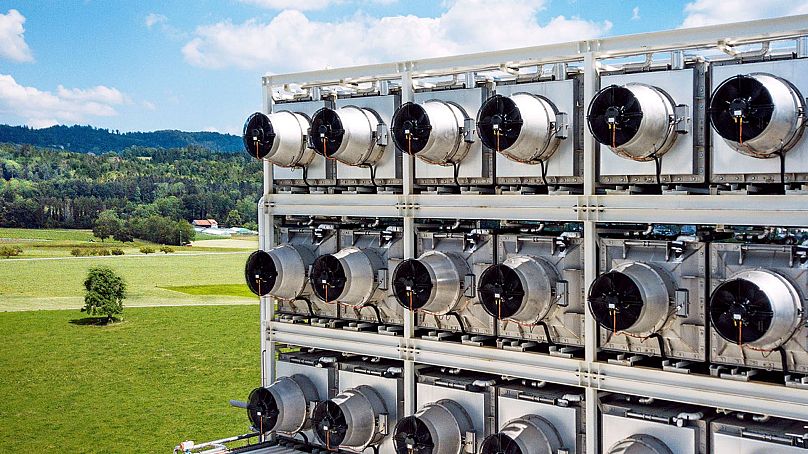"The idea of just planting trees everywhere as a solution is fundamentally misguided. We cannot plant a blanket of trees and hope to save the world.”
The short-term fix to slowing carbon emissions could be right beneath our feet.
Mixed-species planting — and working to improve global biodiversity in both plants and soil — will be crucial steps towards reducing carbon in the atmosphere. So argued Professor Tom Crowther, founder of the Crowther Lab at yesterday’s Climeworks summit.
Ecologists at his lab study fungi, bacteria and plants that, if managed effectively, pack the potential to lock away carbon in the biosphere for hundreds of years.
Ecological research and conservation could help us manipulate natural fluxes of carbon in our ecosystem, he explained, describing natural approaches to carbon capture, such as planting trees and encouraging rewilding, as “among the brightest solutions” for fighting climate change.
Great approach to carbon capture — or gateway to greenwashing?
But, in recent years, tree planting is facing increasing scepticism. The growing “carbon offset” market, a market set to reach a worth of €43 billion by 2030, now has a reputation for greenwashing.
As environmental educator Ariel Maldonado put it, “tree planting initiatives are well-intentioned, but injecting trees into capitalism will not help us solve the climate crisis.”
Dr Crowther - also known as 'the Steve Jobs of ecology' - explains that, “of course, the idea of just planting trees everywhere as a solution is fundamentally misguided. We cannot plant a blanket of trees and hope to save the world.”
Arguing there is still hope for natural solutions, he says these schemes are missing the point — rather than investing in monocultures that make little economic sense, local initiatives are needed to push the planet towards a more diverse natural state.
Carbon offsets could be a by-product of economic improvements
Instead, the idea is that initiatives should encourage an uptick in biodiversity at the local level, with economic incentives providing motivation.
“We estimated that if we could convert world forest from their diverse natural state into monocultures — even if we kept the exact same number of trees — productivity alone would be at a loss of 300 billion dollars per year,” he says, explaining that biodiverse agriculture produces improved yields and as such, more revenue.
Dr Crowther is confident that “the nature sequestration potential is huge” as a happy side effect of local planting. “When you get the local action right, the collective action starts to benefit all of us,” says Dr Crowther.
Natural solutions to carbon capture are an imperfect solution. Forest fires and carbon dioxide changes in the atmosphere make systemising natural sources of carbon capture uncertain.
But Dr Crowther and proponents of natural carbon capture solutions say that, at the very least, planting could empower local economies, community well-being, and bring back soil fertility to those who need it most.
These nature-based methods alone are not enough to reverse carbon emissions, he admits, "but it is a powerful combination with technological solutions”.
“The tech is a good 30 years away. This is something we can get going on now until the tech comes along and has an even bigger impact.”












